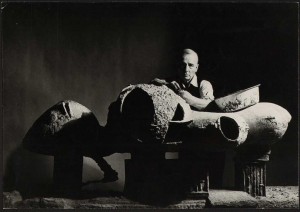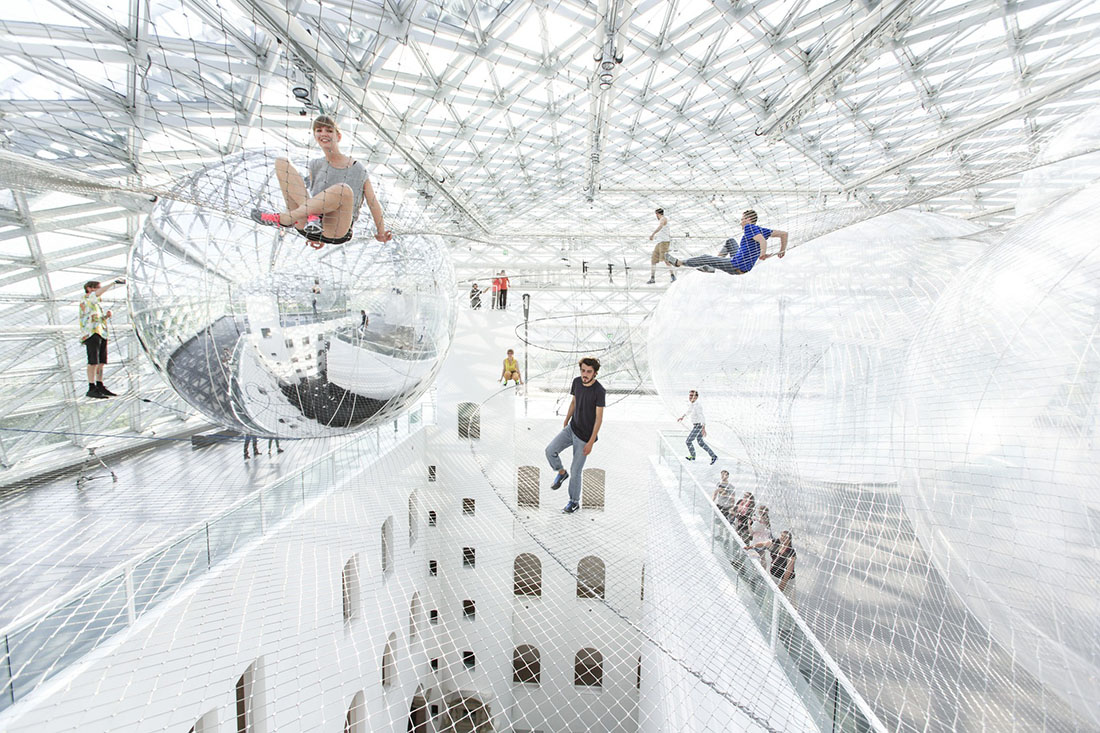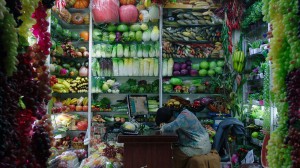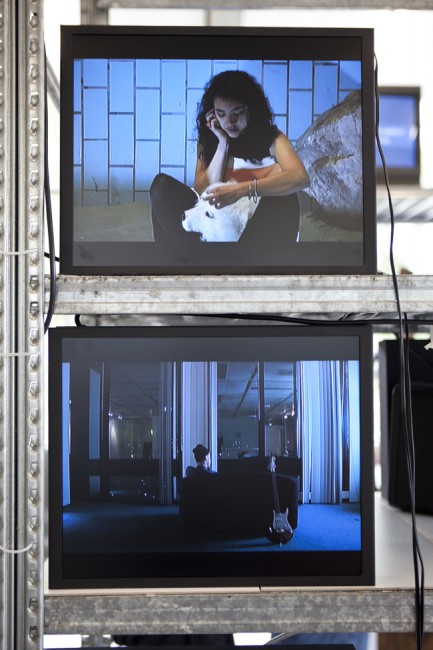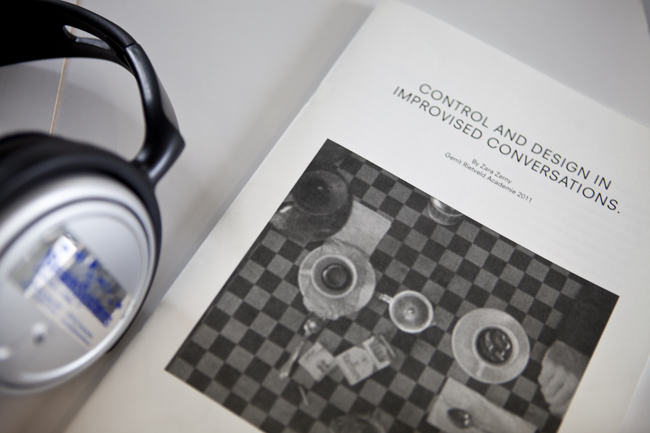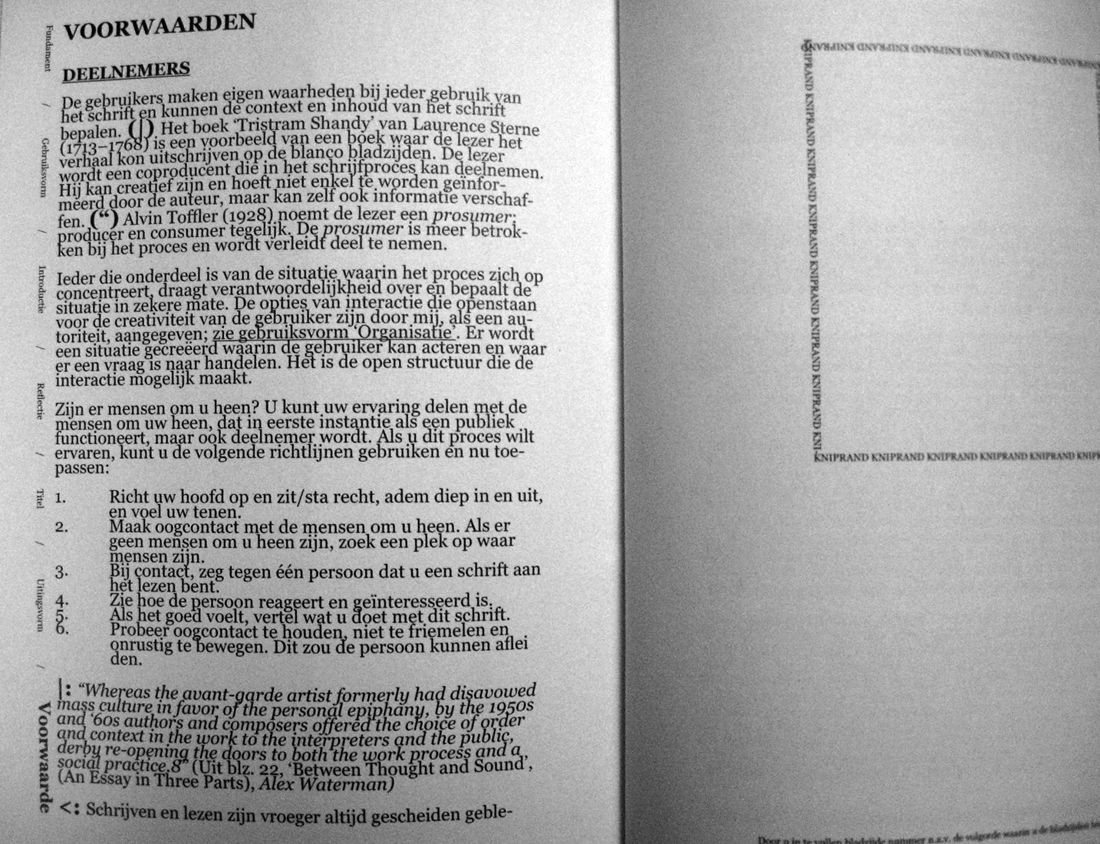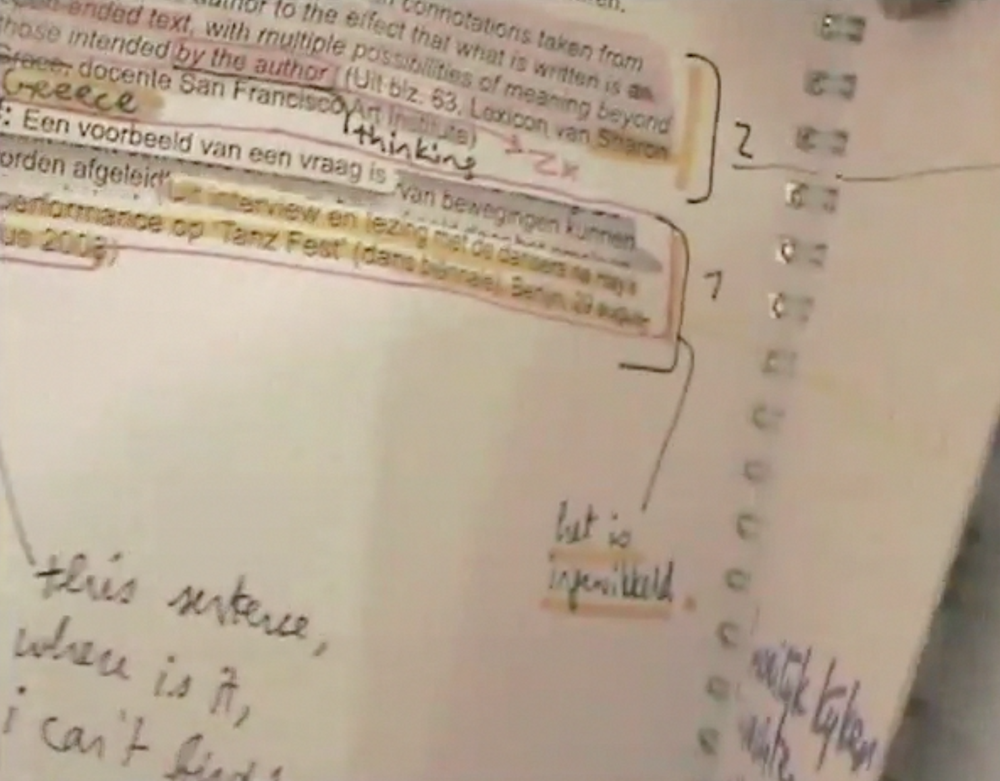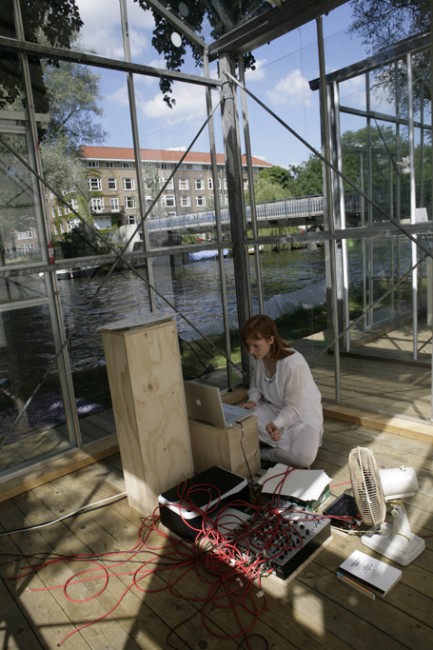Unknown to many, Austria-Hungarian Frederick Kiesler, was one of the 20th century most innovative and peculiar artists. After studying printmaking and painting in Vienna in his twenties his career surged when his controversial stage designs got acclaimed by the art world. In 1923 Kiesler was invited to join the dutch association de Stijl which made him the youngest member of the group. Three years later he and his wife emigrated to America where he amongst other things was chosen to design every aspects of Peggy Guggenheim’s Art of This Century Gallery in New York, 1942. He soon became an artist operating across the ”borders” of the art world, working with painting, architecture and sculpture, usually mixing them in the same project.
During his years of practice Keisler developed his ideas into a philosophy, concerning his conviction that everything is connected and correlate to one and other. Kiesler called it ’correalism’ and defines it as ’the dynamics of continual interaction between people and their natural and technological environment’. Correlations between objects, color, human experience, environment etc, he believed should be considered, since all these aspects and their relationship is part of a spiritual process which will lend meaning to life.
As I understand the essence of Kiesler theory’s is to see the whole picture. When you make a sculpture, also consider where it will stand, in what environment. When you make a painting, imagine the whole room it will be hung in. When you design a house, think not only of the actual architectural features it will acquire but also color, furniture and other ornaments. The art should also be stimulated to connect with society, technology and human emotion.
In the contemporary art scene I believe we now see traces of Kieslers ideas of art and design. Maybe not in their original form, but the essence of them; the fact that art should affect something inside of the viewer, in one way or another bring him or her closer to a more meaningful life. As I see it, contemporary installations which indulge the viewer to become a participant instead, have a tendency to bring that experience.
An excellent example of such an experience is provided by Tomas Saranceno’s immense wire-installation, In Orbit, at the top floor of the K21 museum in Düsseldorf. The visitors are invited to walk in a floating landscape of wires, above a three stories drop. The direct, intense feeling of vertigo from the potential drop, as well as the resilient surface the flexible wires supply, provides a breathtaking experience from the very first step.
The work itself correlate to your every move, by each step you take the ’ground’ shifts under your feet, but also forms a new connection between all the participants. The extreme situation strips you of all previous preconceptions and you are only aware of that very moment, which leads to a unity in the group of participants, since you all share the overwhelming sense of mixed wonder and fright. The sensations stays with you long after you have exited the work and you feel a connection with everyone who have ’felt’ the work.
Another contemporary work which I also feel strongly relates to the theories Kiesler came up with is Mika Rottengberg’s combined installation and video-work for Münster Skulpturprojekte 2017. On a quite busy street in Münster lies an abandoned shop with a old yellow sign and at first you wonder if you even are in the right place since there is nothing else inviting you in. When you enter you realize the inside mirrors the exterior, the shop is deserted; on the shelves there are some left over articles, a fan i slowly moving in a corner and in a second room a couple of giant inflatable pineapple-rings. While you walk around in the shop a sensation of confusion and discomfort slowly creeps upon you, wondering where have you ended up. Then you find the video. In the furthest room a small cinema with about eight chairs is located and the work is screening on a wall.
You get launched into a surreal universe with men in suits crawling through a system of pipes, a woman smashing light bulbs, shops filled to the brim with vegetables/lights/balloons, a woman managing a soups trolley as well as another woman working in a restaurant. After the 20 minutes long movie you realize your emotion have changed drastically and you now are in a comfortable space, physical but especially mentally. The weirdness of Rottengberg’s film leaves you with an urge to discuss what you have seen with other spectators which in turn creates a similar community amongst the group of participants as Saranceno’s installation.
There are numerous more examples of related works which all share the same core idea of bringing something else to the viewer than just a sight (which of course could be nice/radical/emotional etc.).
What the artist provide is a kind of parallel reality in which all aspects of the work have the same significance; the environmental setting, the colors chosen, the techniques and materials used. Which is the same ideas Kiesler wrote about seventy years ago. I think it proves the statement that good ideas are timeless and always can be brought into new light in new times, not only by artists but also by designers, architects and other creative professions. Even though artist today might not think about Kieslers correalism when they work they somehow end up in the field anyway.


